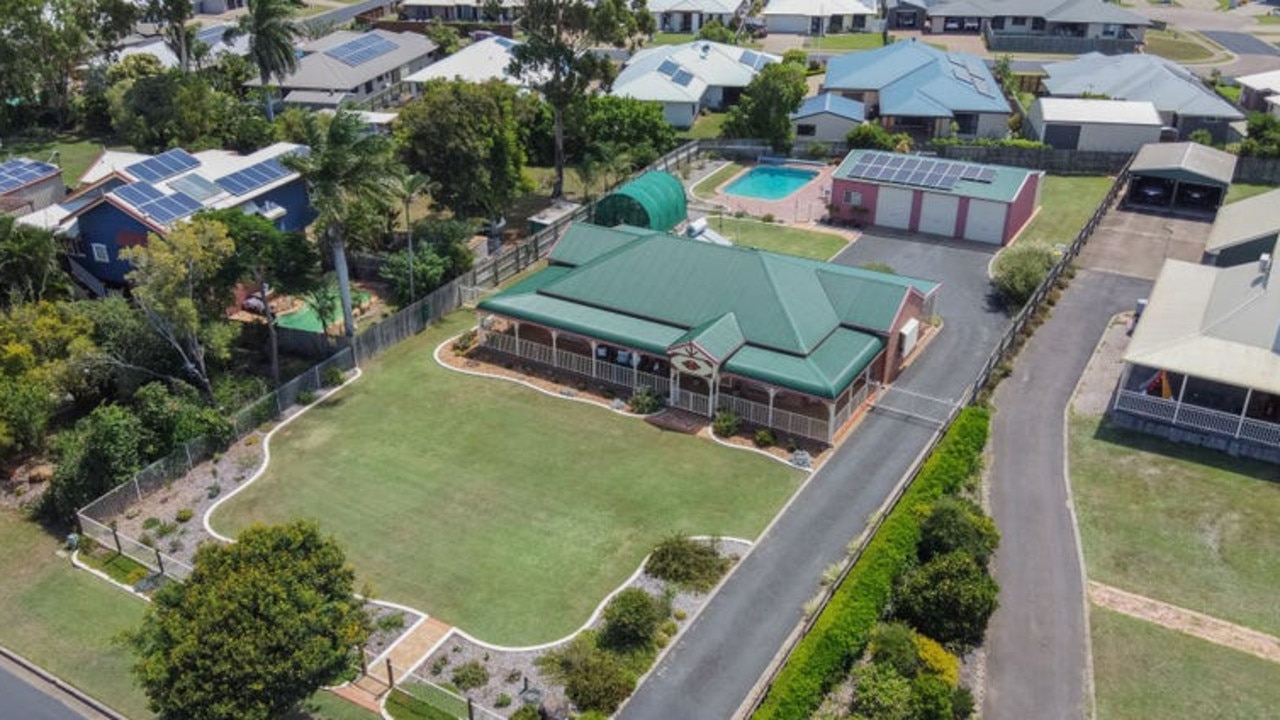Yes, Bundaberg had an oyster saloon in 1911
SHOPPING for goods and services back in the day was quite different to what it is now.
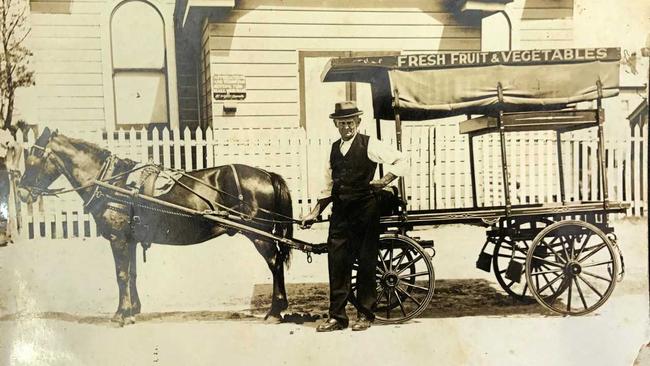
Bundaberg
Don't miss out on the headlines from Bundaberg. Followed categories will be added to My News.
SHOPPING for goods and services back in the day was quite different to what it is now.
While internet goodies and mod-cons make our shopping lists these days, our forefathers and mothers were experiencing a different retail world.
In Bundaberg, many industries have vanished with time.
A look at the Bundaberg Almanac from 1911 shows six coachbuilders in the city - G Black on Woongarra St, G Brasch on Woongarra st, Finch and Marshall on Bourbong St, JH Saint on Bourbong St and AH Whitaker on Targo St.
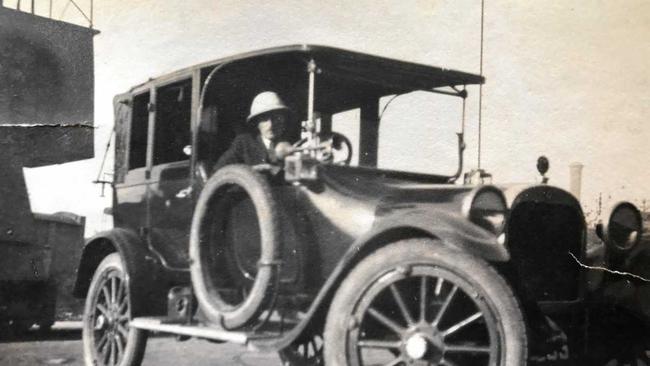
Fruit growers, or "fruiterers", were plentiful, with a list of 16 in the city and East Bundaberg areas.
Perhaps one of the quirkier CBD hot spots back then was the Comino Bros oyster saloon on Bourbong St.
The oyster saloon craze swept the US in the late 1800s, perhaps leading to the one in our city.
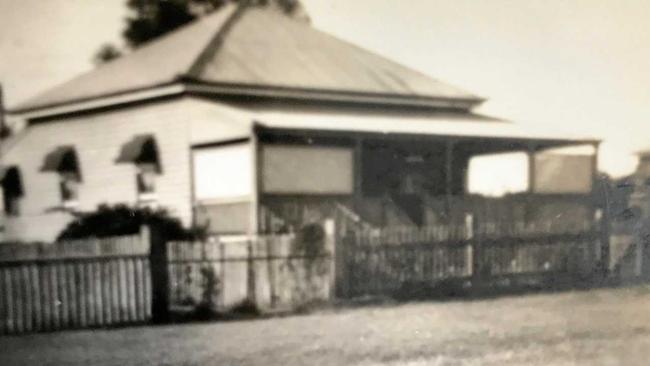
The saloons specialised in serving up buffet-style oysters.
Milliners, ironfounders, ironmongers, ironworkers and masons were all in plentiful supply.
A handful of names from back then are still familiar today, such as FC Brown and Co Funerals.
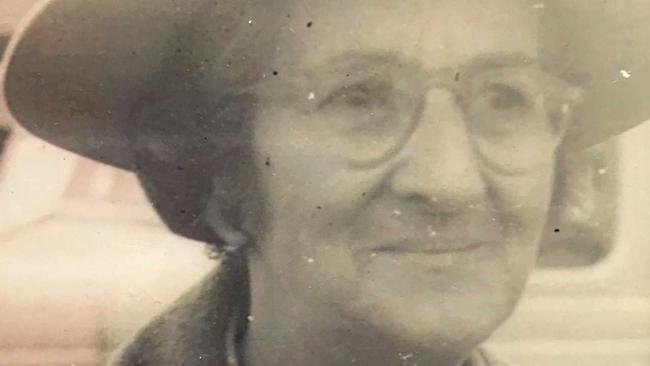
Six watchmakers lined Bourbong St.
At the time, Bundaberg's Grand Hotel advertised it had been entirely renovated "from cellar to ceiling" under new management.
It boasted being connected by telephone to all the leading plantations with letters and telegrams "promptly attended to".
The ad states that the hotel was "patronised by all the leading men of the states".
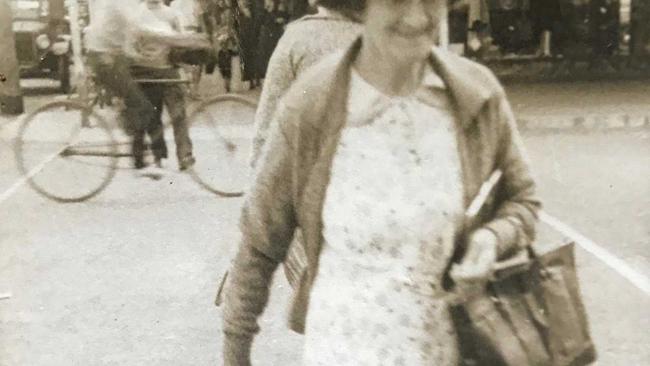
The almanac refers to Bourbong St as "Bourbon" St throughout, despite earlier official documents showing the original spelling as "Bourbong".
Proving that locals have always loved a bargain, John Black the Cheap Store promised to save shoppers 10% on general items.

